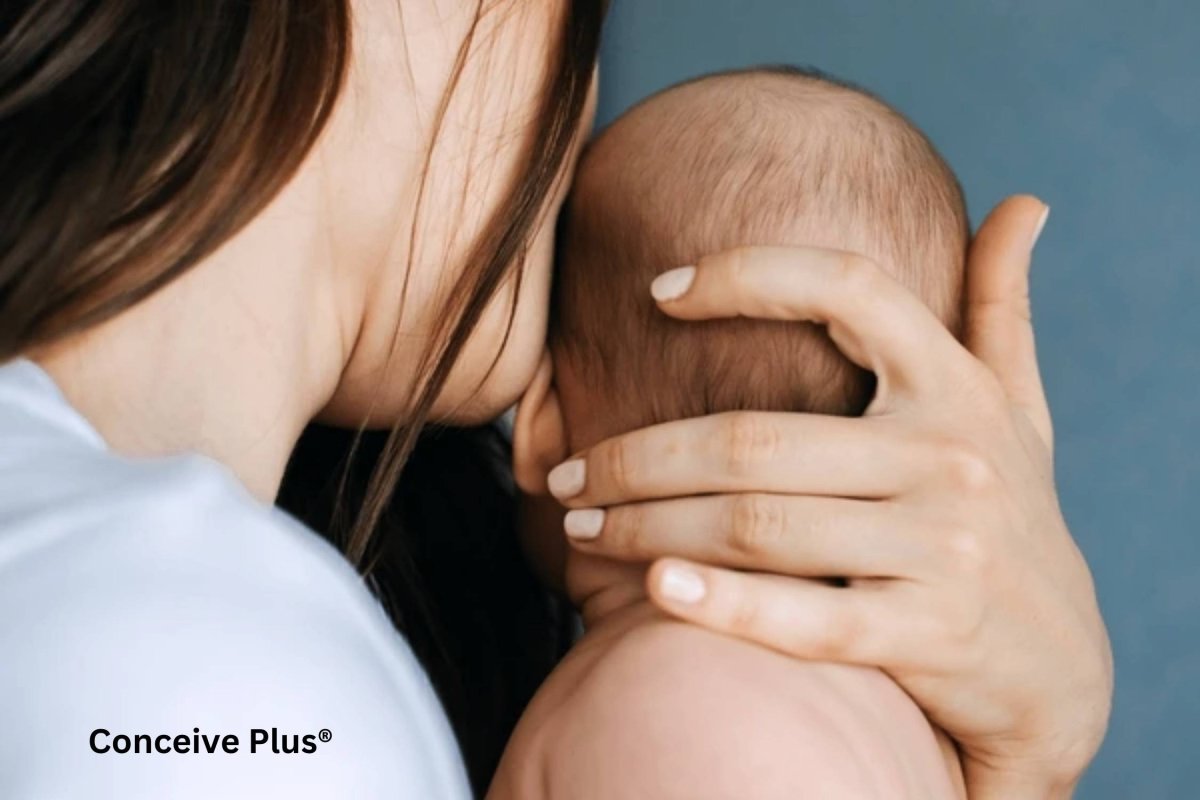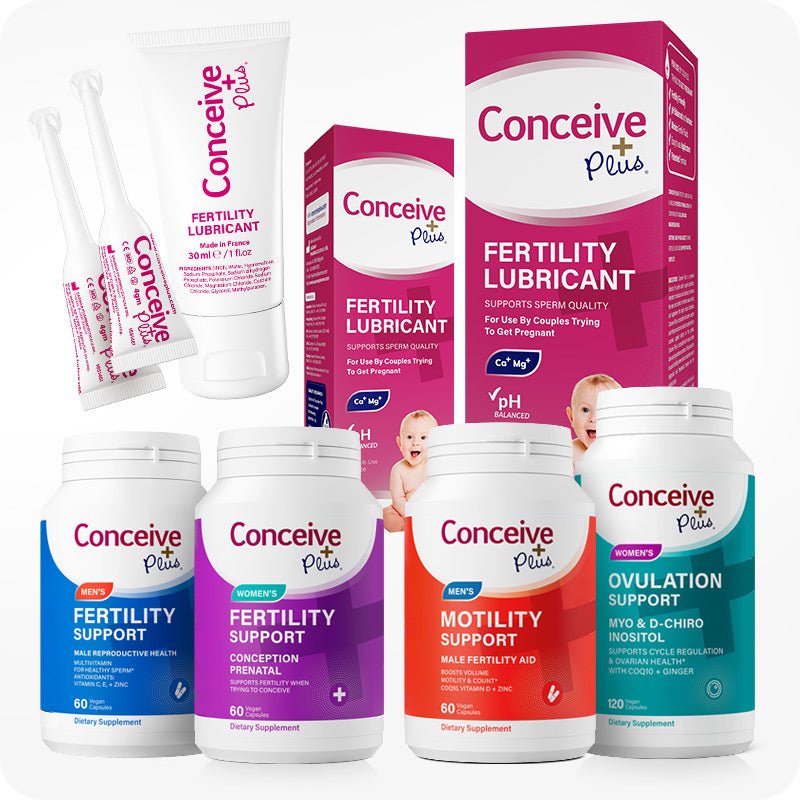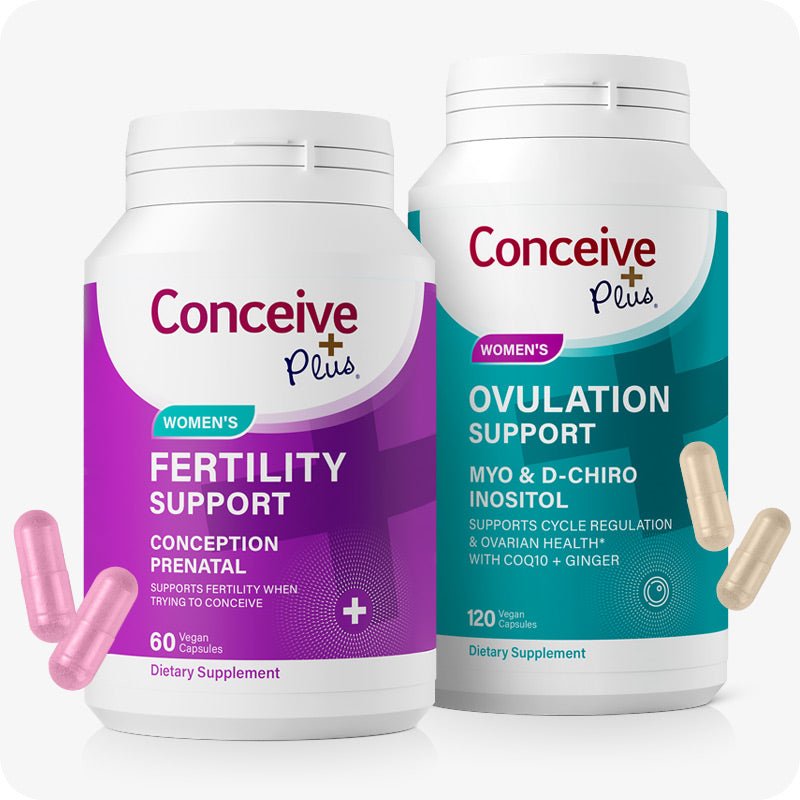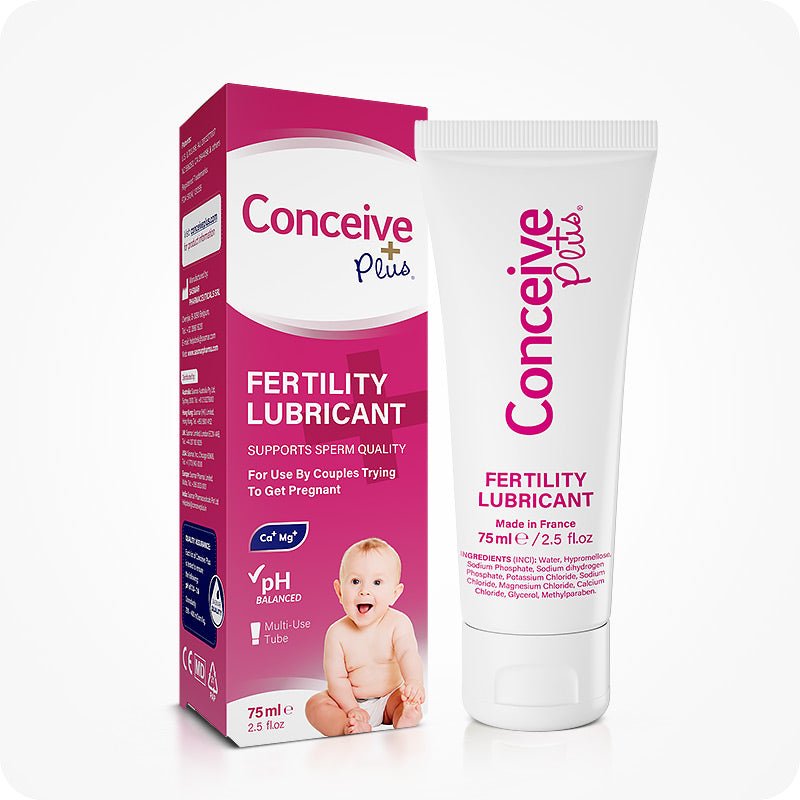When Stitches Come Out After Birth: Causes and Care

Childbirth is not a comfortable experience, but it can be way more challenging for many women than they may have anticipated. In many cases, the delivery process causes tears in the perineum, a space between the vagina and the anus [1]. Some women also need episiotomy, which is a surgical cut at the opening of the vagina, to facilitate the delivery process [2].
In both cases, stitches are done after the child's birth to close the opening. Episiotomy stitches can add to the post-delivery discomfort and also make a woman worried about proper healing, infection, or reopening of the wound. Questions like, "How long will they take to heal?" and "What if my stitches come out after birth?" are common in such cases.
In this article, we will study postpartum stitches, including stitches coming out after birth, how to manage pain, identify complications, and care for the healing wound.
Why Are Stitches Needed After Birth?
When discussing postpartum recovery, it’s also essential to understand important aspects of pregnancy, like how EDD in pregnancy means the estimated due date, which helps anticipate delivery and related outcomes.
A perineal tear happens when the vaginal tissue stretches too much during childbirth [1]. This usually happens due to a large baby or a fast delivery. Doctors sometimes perform an episiotomy to deliver the baby quickly or when it is necessary to use instruments like forceps [2].
These tears or cuts are stitched to promote healing and reduce the risk of infection. The stitches are usually dissolvable and placed in the perineum wound to hold the tissue together while it heals.

Stages of Perineal Wound Healing
Like healing of any other tissue in the body, perineal wound healing occurs in different stages. These include:
- Inflammatory Phase (First 48 Hours): Inflammatory phase is when the body detects the injury and increases blood flow towards the injury. This increased blood flow sends more immune cells to the site of injury and causes swelling, redness, and mild pain [3].
- Proliferative Phase (Days 3-10): After the inflammatory phase, new tissue begins to form to close the wound. Stitches in perineum start to dissolve gradually in this phase, but you can feel the stitches and sense of injury during this time.
- Remodeling Phase (Weeks 3-6): During the remodeling phase of wound healing, the perineum stitches help the tissue become stronger and more flexible. This phase also reduces scarring, gradually restoring the perineum to its normal function and appearance [4].
Common Symptoms After Stitches
It is essential to observe the symptoms of perineal stitches closely since some symptoms can be concerning and hint at a problem with wound healing.
If you experience mild swelling, itching, or discomfort around the perineal stitches, these can be normal and part of wound healing. Perineum bleeding starts to reduce over time, and you will notice gradual dissolution of stitches after birth coming out naturally.
However, if your 3 weeks postpartum stitches still hurt significantly without improvement, it is something concerning and you should look for the other signs of infection, such as redness, swelling, and discharge [5].
Some women ask, how do you know if your stitches ripped after birth? If you experience severe pain and burning sensation or notice visible gaps in the wound, these are perineal tear reopened symptoms. You must share your symptoms with your doctor for professional advice.
How to Identify and Address Reopened Stitches
The signs of reopened stitches include sudden sharp pain in the perineal area, increased perineum bleeding, visible gaps in the wound, and difficulty sitting and walking comfortably. You might ask, what to do if perineal tear reopened?
The initial steps are to keep the area clean and dry, avoid strenuous activities that could worsen the wound, and use cold compresses to reduce swelling [6]. After these initial measures, you must consult your doctor immediately for further evaluation.
Managing Infections in Postpartum Stitches
The primary complication of any stitches, including postpartum stitches, is infection [7]. Infections usually occur when you don't maintain the proper hygiene of your wound. However, in some cases, even if you take care of the wound properly, your wound can still get infected.
If you see infected stitches after birth pictures, you may notice:
- Redness and warmth around the stitches.
- Pus or unusual discharge.
- Persistent pain that worsens.
- Fever or chills.

Preventing Infection Postpartum Stitches
Although it is not possible to completely eliminate the risk of infection, you can significantly reduce the risk if you follow the following steps:
- Wash the area gently with warm water after using the toilet.
- Pat dry instead of rubbing.
- Change sanitary pads frequently.
- Avoid scented products near the perineal area.
- Wear loose, breathable underwear.
Dissolvable Stitches and Healing Timeline
In most cases, doctors use dissolvable stitches to close the episiotomies or perineal tears. Stitches dissolving after birth take 2 to 6 weeks as the body heals. During this time, you might notice small threads of the real episiotomy stitches or real perineal tear stitches coming out, which is completely normal. It is a sign that the healing process is taking place.
Pain Management and Self-Care
During the healing process, following pain management and self-care tips can help a lot [6]. Doctors often recommend these tips because they support faster healing and reduce discomfort. These are:
- Using cold packs or sitz baths to soothe the area
- Taking prescribed pain relievers or over-the-counter medications like acetaminophen
- Avoiding sitting for long periods; use a donut-shaped cushion if necessary
- Performing Kegel exercises to improve circulation and accelerate healing
Common Concerns About Perineal Stitches
It is natural to have concerns and questions about stitches after childbirth. These concerns and questions help women get a clear picture of what to expect.
Here are some common concerns that most women undergoing this phase usually express:
-
Will the wound open after it’s healed?
If you didn't experience any concerning symptoms during the healing phase and your wound is fully healed, the wound is strong and should not open. You must follow the aftercare advice by your doctor and it will significantly reduce the risk of any problem once the wound is healed. But, if you notice any unusual pain or swelling, contact your doctor for guidance.
-
Will the stitches cause pain in the future?
Most women don’t experience long-term pain from perineal stitches. After the healing period, any pain should go away. However, if you are experiencing discomfort or pain even when the wound is healed, it can be an indication of some internal issue that your doctor should evaluate.
-
Do stitches need to be removed?
In most cases, doctors use dissolvable stitches to close the perineal tears or episiotomies. These tissues dissolve on their own, and you don't have to worry about their removal. However, in some cases, doctors might use non-dissolvable stitches, which do need to be removed after a few weeks. Your doctor will let you know if you need to return for stitch removal.
-
Can I have future births after getting perineal stitches?
Perineal stitches have no negative impacts on fertility, and you can still have future births after getting perineal stitches. Most women recover well and can deliver vaginally again. However, it’s always a good idea to discuss any concerns with your doctor before planning your next pregnancy and use of women's fertility supplements is recommended.
-
Can I sit normally with perineal stitches?
You may find it uncomfortable to sit normally in the first few days after childbirth, but it usually doesn't take long to be able to sit normally again. Your doctor will recommend certain sitting postures to avoid discomfort [8]. You can also use specially designed cushions or pillows to relieve pressure from the affected site when sitting.
-
Can I have sex after perineal stitches?
It is usually recommended to avoid intercourse until the stitches heal completely, which can take 4 to 6 weeks. This gives your body time to recover and reduces the risk of injury or discomfort during this act. Always consult your doctor to ensure it’s safe for you to resume sexual activity.
The Bottom Line
Perineal stitches are a common part of recovery after childbirth, especially if there’s a tear in the perineum or doctors choose episiotomy for vaginal delivery. These stitches help promote healing and prevent infection.
Many women have concerns about their stitches, such as, "Do stitches come out after birth?" or "Do stitches need to be removed?" In most cases, doctors use dissolvable stitches, which dissolve on their own within 2 to 6 weeks.
It’s important to follow self-care tips, maintain hygiene, and watch for signs of infection or reopening. If you notice the symptoms of infection or reopening of the wound, make sure you share it with your doctor for proper care and guidance.
Resources Used
- Ramar, C. N., Vadakekut, E. S., & Grimes, W. R. (2024, August 11). Perineal lacerations. StatPearls - NCBI Bookshelf. https://www.ncbi.nlm.nih.gov/books/NBK559068/
- Barjon, K., Vadakekut, E. S., & Mahdy, H. (2024, October 6). Episiotomy. StatPearls - NCBI Bookshelf. https://www.ncbi.nlm.nih.gov/books/NBK546675/
- Landén, N. X., Li, D., & Ståhle, M. (2016). Transition from inflammation to proliferation: a critical step during wound healing. Cellular and Molecular Life Sciences, 73(20), 3861–3885. https://doi.org/10.1007/s00018-016-2268-0
- De Oliveira Gonzalez, A. C., Costa, T. F., De Araújo Andrade, Z., & Medrado, A. R. a. P. (2016). Wound healing - A literature review. Anais Brasileiros De Dermatologia, 91(5), 614–620. https://doi.org/10.1590/abd1806-4841.20164741
- GRHS Online. (n.d.). Spot the 8 signs of a wound infection. Retrieved January 15, 2025, from https://grhsonline.org/touching-lives/spot-the-8-signs-of-a-wound-infection/
- Surgical wound care - open: MedlinePlus Medical Encyclopedia. (n.d.). https://medlineplus.gov/ency/patientinstructions/000040.htm
- Ashoobi, M. T., Asgary, M. R., Sarafi, M., Fathalipour, N., Pirooz, A., Jafaryparvar, Z., Rafiei, E., Farzin, M., Samidoust, P., & Delshad, M. S. E. (2023). Incidence rate and risk factors of surgical wound infection in general surgery patients: A cross‐sectional study. International Wound Journal, 20(7), 2640–2648. https://doi.org/10.1111/iwj.14137
- Dutta, D., Singh, S., & Naik, P. (2021). The most comfortable posture at first postnatal day in women with episiotomy for breastfeeding and routine activities. Cureus. https://doi.org/10.7759/cureus.13432













